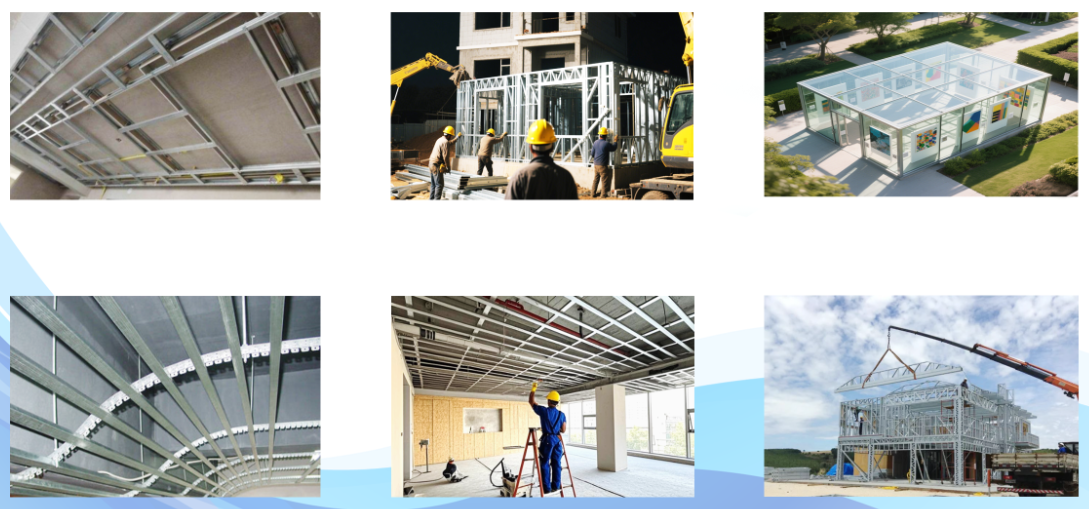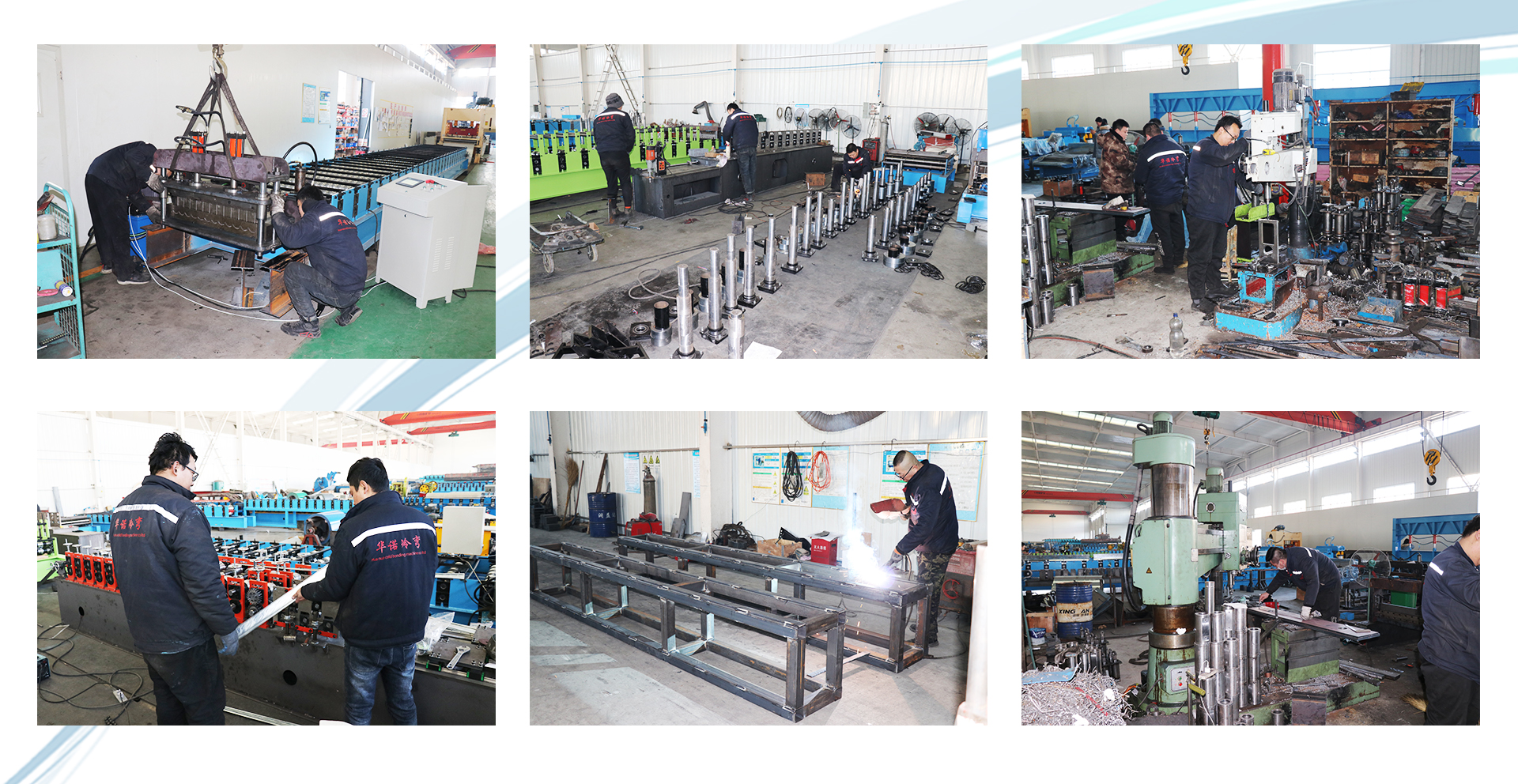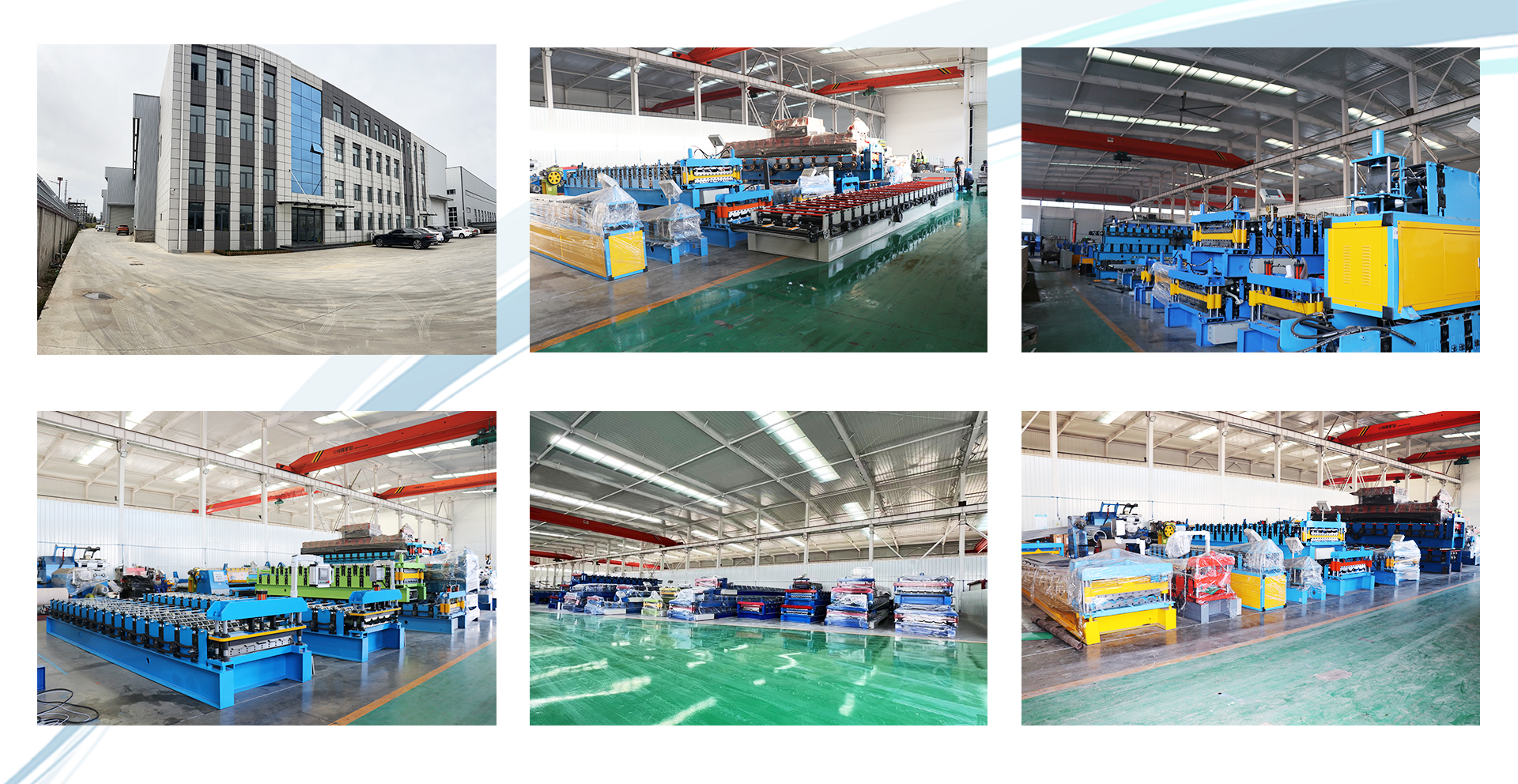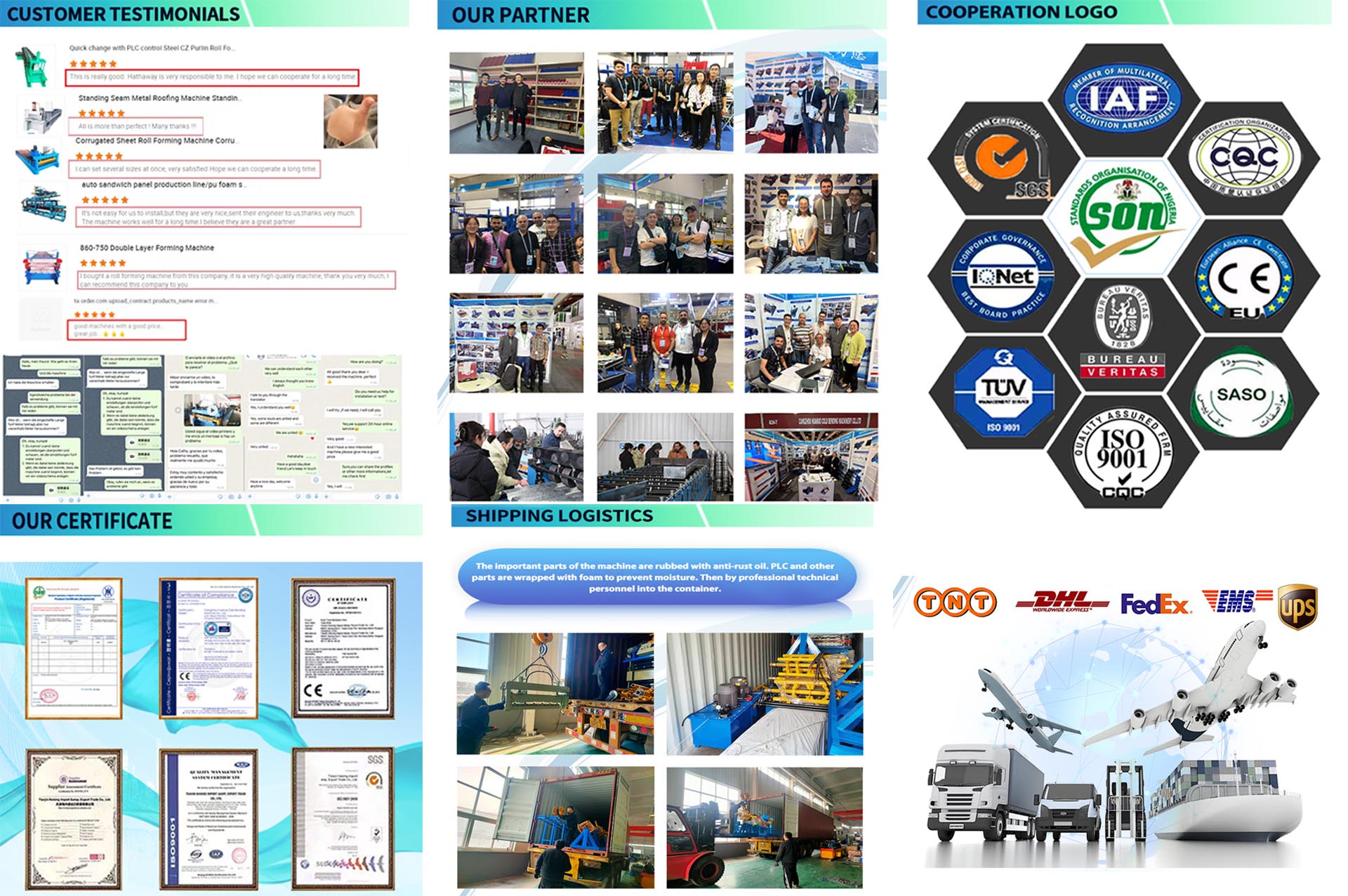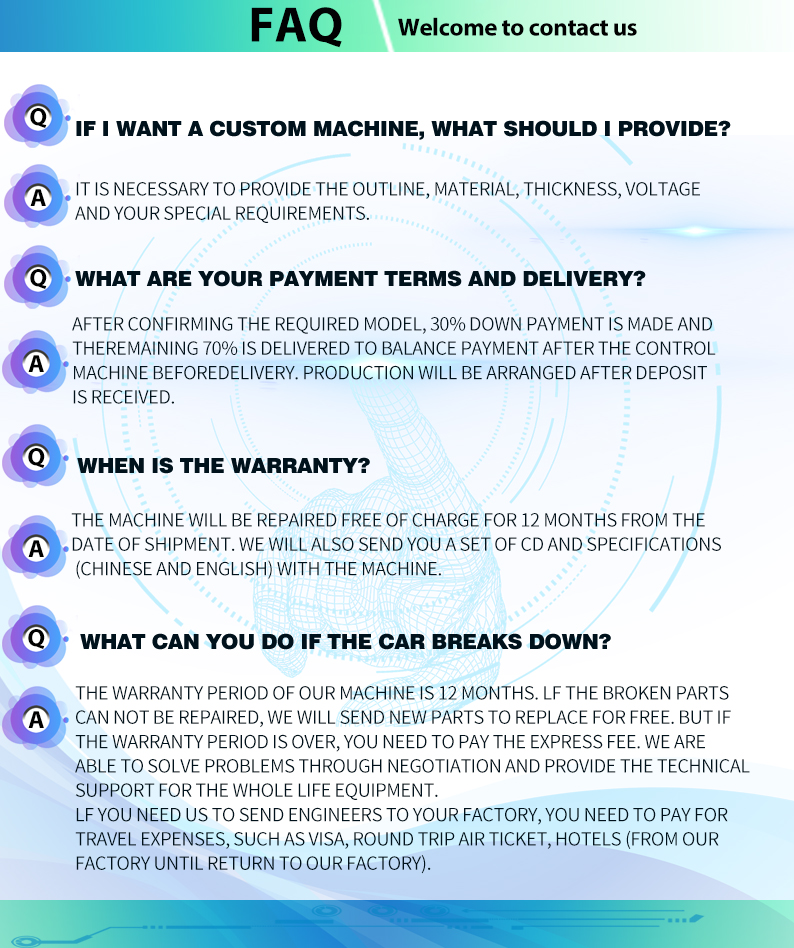stud and track roll forming machine is a type of roll forming equipment that transforms flat metal coils (typically made of steel or aluminum) into specific cross-sectional shapes through a continuous bending process. It is designed to produce two main products:
stud and track roll forming machine
stud and track roll forming machine is a type of roll forming equipment that transforms flat metal coils (typically made of steel or aluminum) into specific cross-sectional shapes through a continuous bending process. It is designed to produce two main products:
Studs: Vertical structural members used in wall framing.
Tracks: Horizontal members that secure studs at the top and bottom, forming a stable framework.
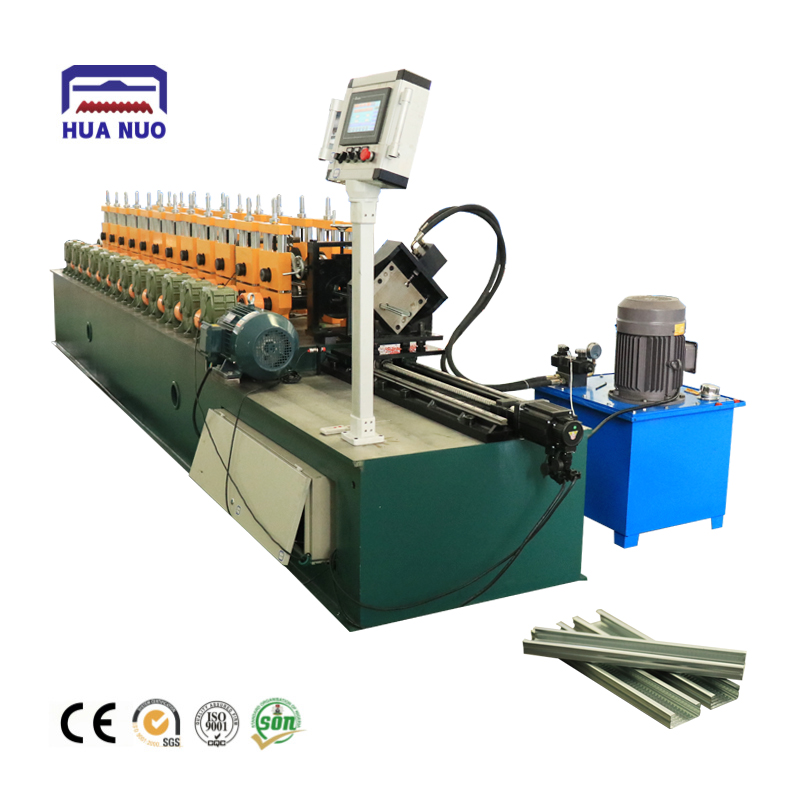
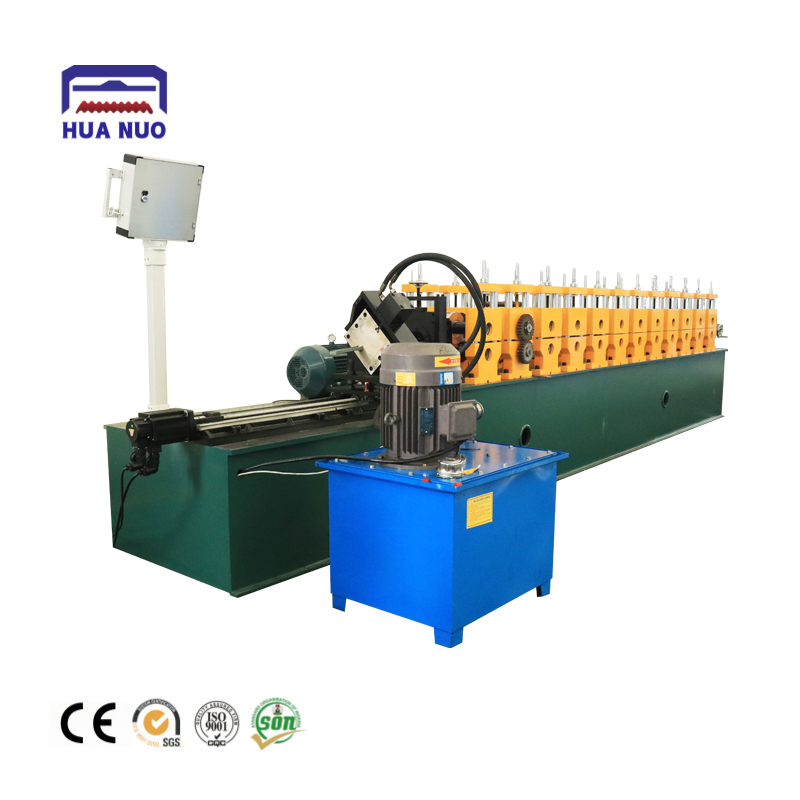
Material Feeding:
A metal coil is loaded onto the machine’s uncoiler, which feeds the material into the roll forming system.
Roll Forming Stations:
The metal strip passes through a series of rotating roller dies arranged in multiple stations. Each station gradually bends the material into the desired shape (e.g., C-shaped studs or U-shaped tracks).
Cutting Mechanism:
After forming, the machine cuts the continuous strip into specified lengths using a hydraulic or mechanical cutter, ensuring precise dimensions.
Collecting and Stacking:
Finished studs and tracks are automatically collected and stacked for easy handling and transportation.
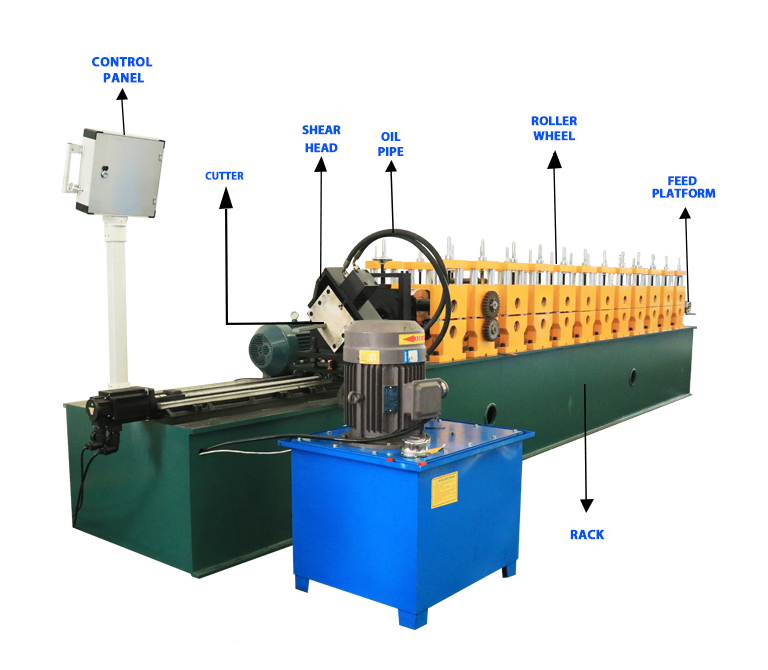
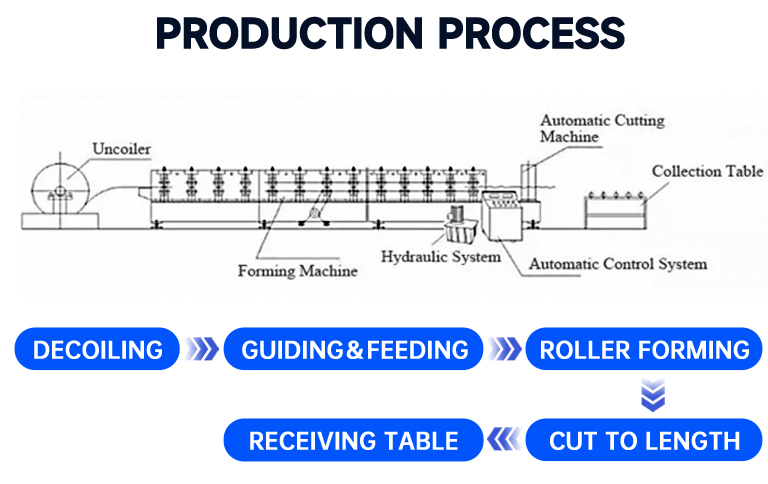
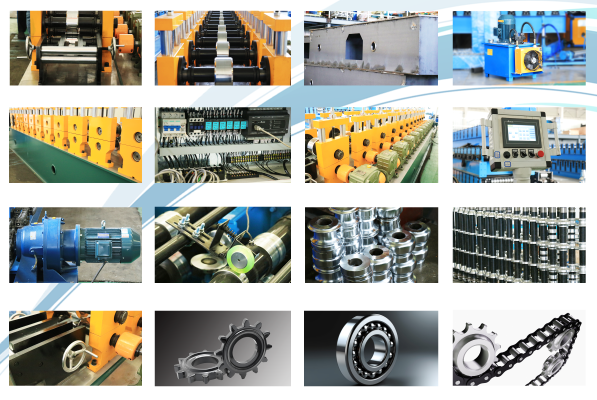
Uncoiler: Holds and releases the metal coil smoothly.
Roller Dies: Custom-designed to shape the metal accurately, with replaceable components for different profiles.
Drive System: Powered by motors (e.g., servo motors) for precise speed control and consistent forming.
Hydraulic System: Controls the cutting and pressing operations.
PLC (Programmable Logic Controller): Manages the machine’s functions, allowing users to adjust parameters (e.g., length, speed, shape) via a control panel.
Safety Features: Emergency stop buttons, protective guards, and error detection systems.
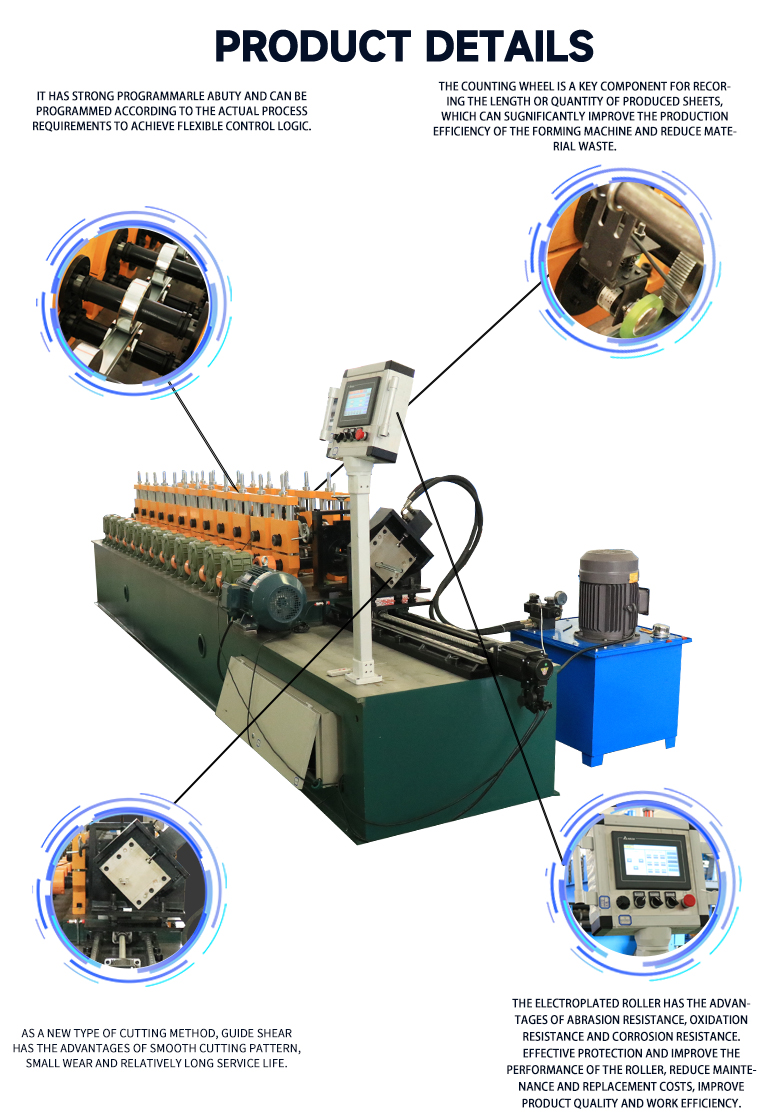
Stud and track roll forming machines are widely used in:
Residential and commercial building construction for drywall framing.
Industrial projects requiring lightweight yet sturdy structural frameworks.
Prefabricated construction modules for quick assembly.
Infrastructure projects like tunnels, bridges, and partitions.
High Efficiency: Produces large quantities of studs and tracks at high speed (e.g., 10–30 meters per minute).
Precision: Ensures uniform dimensions and consistent quality.
Material Savings: Minimizes waste through automated cutting and forming.
Flexibility: Can be adjusted to produce different sizes and profiles by changing roller dies.
Cost-Effective: Reduces labor costs compared to manual fabrication.

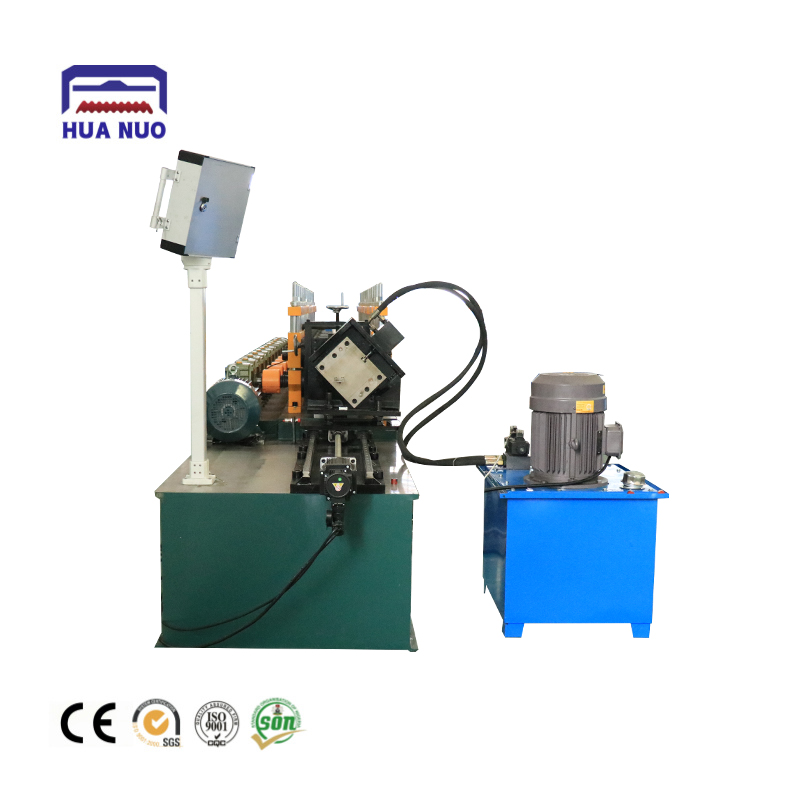
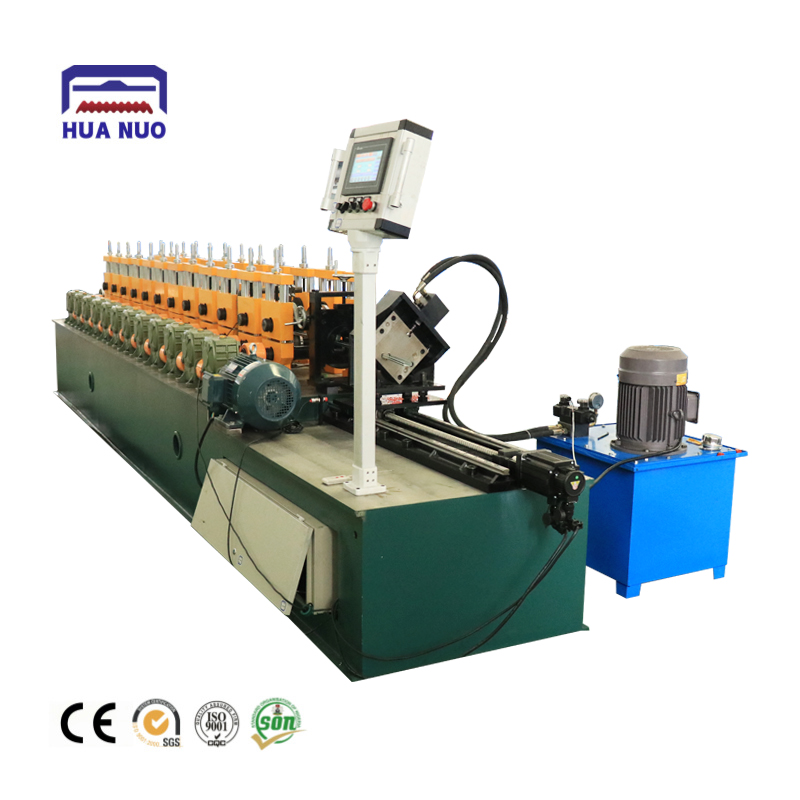
Manual vs. Automatic Machines:
Manual machines require more operator intervention, while automatic ones offer fully automated processes.
Custom Profiles:
Machines can be customized to produce special shapes (e.g., tapered studs, reinforced tracks) for specific projects.
stud and track roll forming machine is a specialized piece of equipment designed to shape a continuous strip of metal, typically steel, into precise studs and tracks. This process involves feeding the metal strip through a series of precision-engineered rollers that progressively bend and shape the material into the desired cross-sectional profile. The machine's automated nature ensures consistency and accuracy in each component produced.
Efficiency and Precision
One of the primary advantages of the stud and track roll forming machine is its unparalleled efficiency. The machine operates at high speeds, capable of producing large volumes of studs and tracks in a relatively short period. This increased productivity translates to cost savings for construction companies by reducing labor costs and minimizing downtime. Additionally, the machine's precision engineering ensures that each component meets exact specifications, minimizing the potential for human error and enhancing the overall quality of the finished product.
Versatility and Flexibility
The versatility of the stud and track roll forming machine is another key benefit. With the ability to produce a wide range of sizes of shapes, the machine can accommodate various project requirements. This flexibility allows contractors to streamline their operations by utilizing a single machine for multiple tasks, thereby reducing the need for additional equipment. The machine's modular design also allows for easy adjustments and tool changes, enabling operators to switch between different profiles and sizes with minimal downtime.
Material Conservation and Cost Savings
The stud and track roll forming machine also contributes to material conservation and cost savings. The precision engineering of the machine ensures that the metal strip is used efficiently, minimizing waste and reducing scrap generation. This not only benefits the environment but also helps in lowering material costs for construction projects. Furthermore, the machine's ability to produce components with consistent accuracy eliminates the need for secondary operations such as trimming or grinding, further reducing labor costs and improving overall efficiency.
Ease of Operation and Maintenance
The operation of the stud and track roll forming machine is relatively straightforward. Most models feature user-friendly interfaces that allow operators to easily adjust settings and change roll tools. This ease of use, combined with the machine's robust construction, makes it suitable for both large-scale industrial applications and smaller, on-site fabrication needs. Additionally, the machine's design incorporates features that facilitate easy maintenance and troubleshooting, ensuring that it remains operational and efficient over time.
In conclusion, the stud and track roll forming machine has revolutionized the construction industry by providing a fast, efficient, and precise method for producing metal framing components. Its ability to enhance productivity, reduce costs, minimize waste, and accommodate various project requirements has made it an indispensable tool for modern construction projects. As technology continues to evolve, it is likely that this machine will become even more sophisticated, further solidifying its role in shaping the future of construction.
